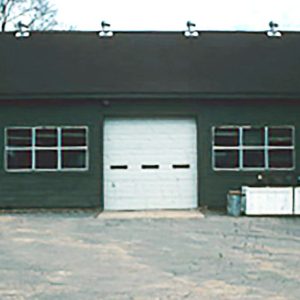 Poteau Work Center
Poteau Work Center
Entry Category: Museums and Historic Sites
 Poteau Work Center
Poteau Work Center
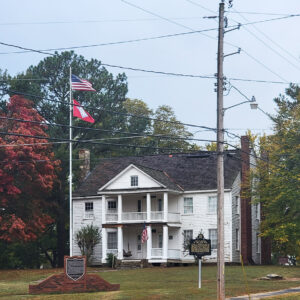 Potts Inn Museum
Potts Inn Museum
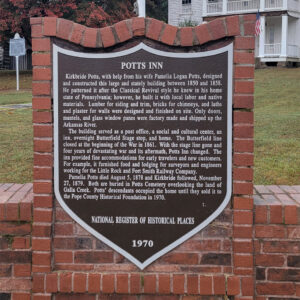 Potts Inn Sign
Potts Inn Sign
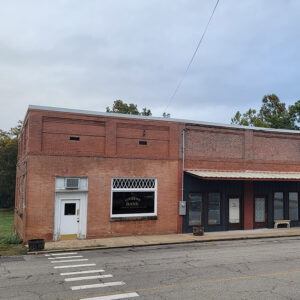 Pottsville Citizens Bank
Pottsville Citizens Bank
Pottsville Citizens Bank
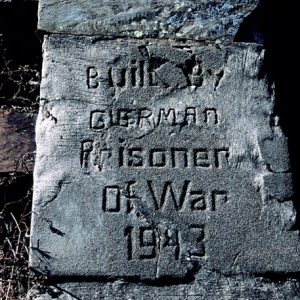 POW Stone
POW Stone
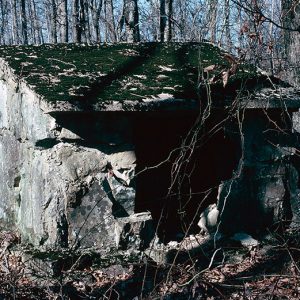 Powder Magazine
Powder Magazine
Powder Magazine (Scott County)
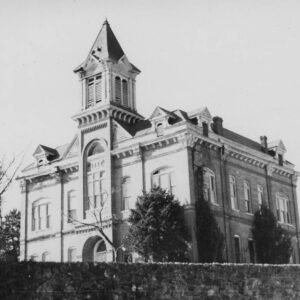 Powhatan Courthouse
Powhatan Courthouse
Powhatan Courthouse
Powhatan Historic State Park
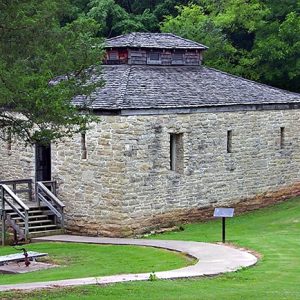 Powhatan Jail
Powhatan Jail
Powhatan Jail
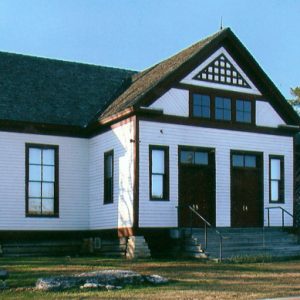 Powhatan Male and Female Academy
Powhatan Male and Female Academy
Powhatan Male and Female Academy
aka: Powhatan School House
Powhatan Methodist Church
Prairie County Courthouse, Northern District
Prairie County Courthouse, Southern District
Prairie Grove Airlight Outdoor Telephone Booth
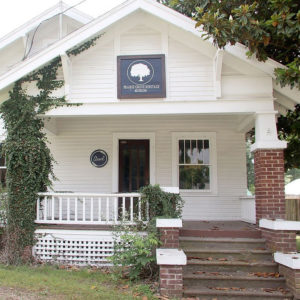 Prairie Grove Heritage Museum
Prairie Grove Heritage Museum
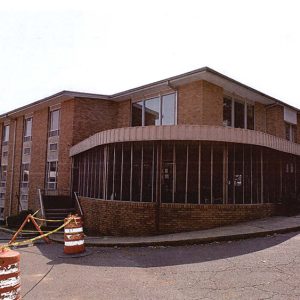 Presbyterian Village
Presbyterian Village
Presbyterian Village
 Presbyterian Village Entrance
Presbyterian Village Entrance
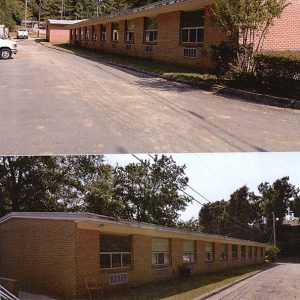 Presbyterian Village Housing
Presbyterian Village Housing
Prescott City Jail
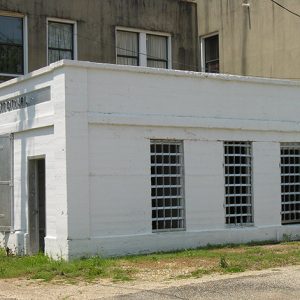 Prescott City Jail
Prescott City Jail
Prescott Commercial Historic District
Price Produce and Filling Station
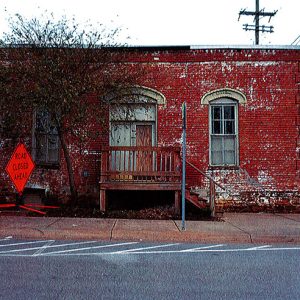 Produce Warehouse Rear View
Produce Warehouse Rear View
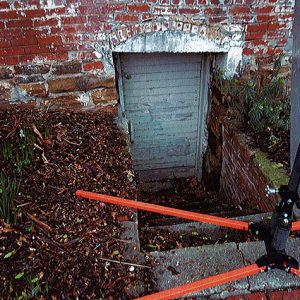 Produce Warehouse Side Entrance
Produce Warehouse Side Entrance
Pulaski County Courthouse
Pyramid Place
aka: Southern Trust Building
Quapaw Quarter United Methodist Church
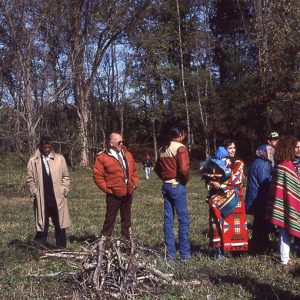 Quapaw Tribe Visiting Site
Quapaw Tribe Visiting Site
Quitman Home Economics Building
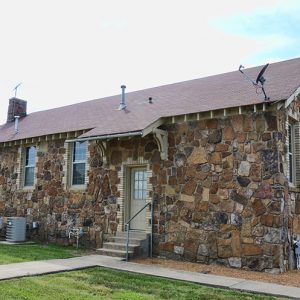 Quitman Home Economics Building
Quitman Home Economics Building
Rabbit Foot Lodge
Ragsdale, John, Jr.
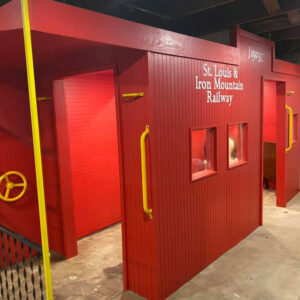 Railroad Display
Railroad Display
Randolph County Courthouse
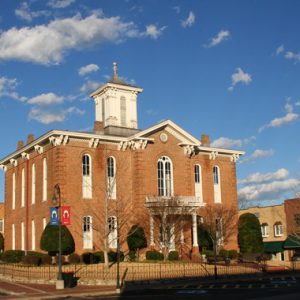 Randolph County Courthouse
Randolph County Courthouse
Randolph County Heritage Museum
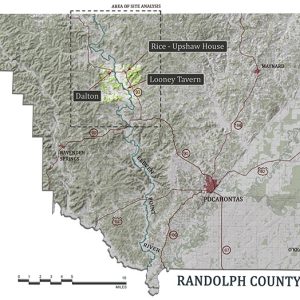 Randolph County Sites
Randolph County Sites
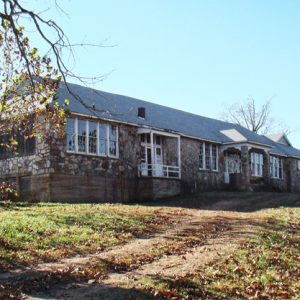 Ravenden Springs Community Center
Ravenden Springs Community Center
Ravenden Springs School
Redbug Field
 Redbug Field
Redbug Field
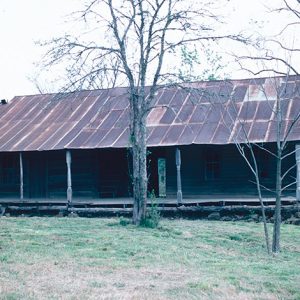 Reeves-Melson House
Reeves-Melson House
Reeves-Melson House
 Reptile Demo
Reptile Demo




